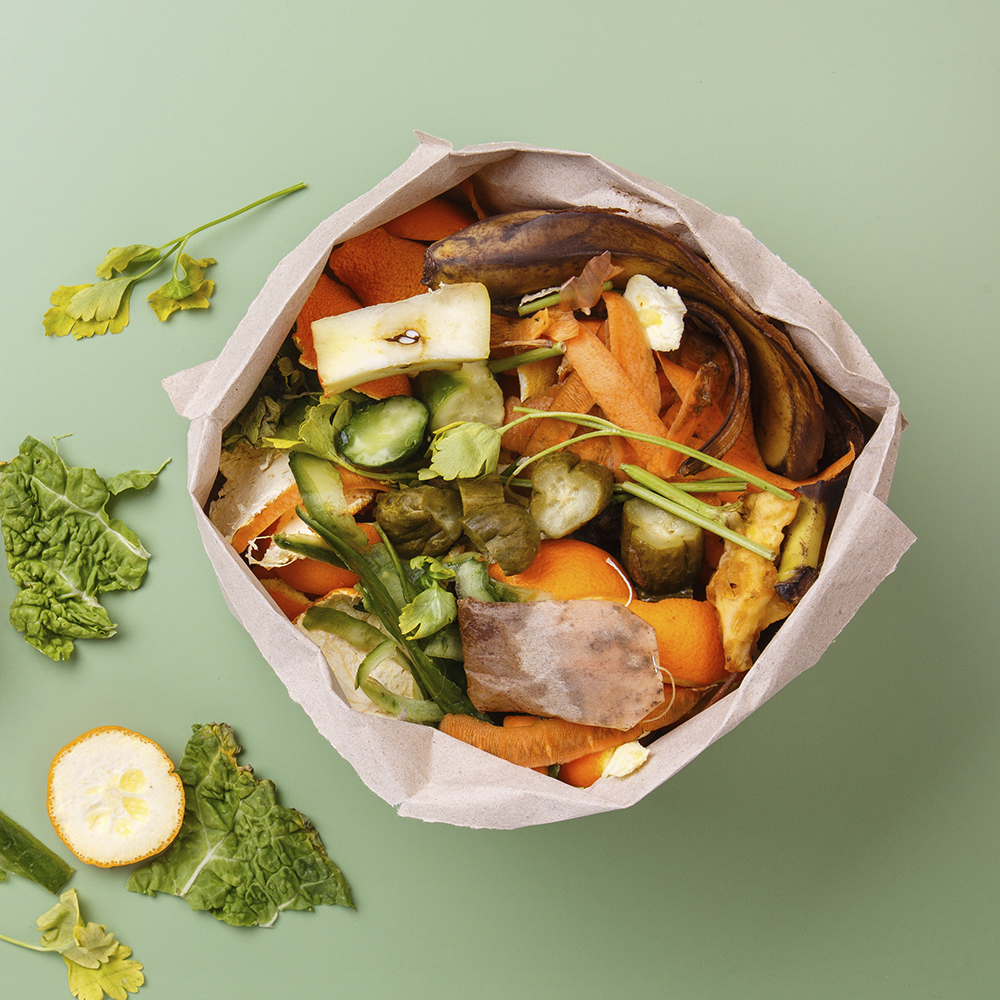Over the past few years, the term “upcycling,” which originated in the 1990s in industrial design, has spread to other sectors, including fashion and food. Food upcycling refers to the process of transforming food by-products into new, high-quality products. Ingredients that would typically be discarded, such as peels, seeds, fruit pulp, or brewers’ grains, are recovered and enhanced to create new foods rich in fiber, protein, and other nutrients.
Upcycling is gaining popularity, largely due to the increasing awareness of the impact of food waste on our planet. Over 30% of the food produced worldwide is wasted*, with approximately 931 million tons discarded each year, accounting for 17% of global production**. This waste not only depletes resources but also contributes to pollution. In response to these figures, consumers are increasingly making food choices that are not only healthy but also sustainable and environmentally friendly.
In addition to being a sustainable solution, upcycling provides businesses with a market opportunity, allowing them not only to reduce disposal costs but also to develop innovative and appealing products for a market seeking creativity, quality, and novelty.
Therefore, upcycling fits perfectly within the circular economy model, transforming waste into resources and helping to reduce waste and pollution while creating economic value and sustainable products.
*Source: Upcycled Food Association and Foundation
**Source: UNEP, Food Waste Index Report 2024
